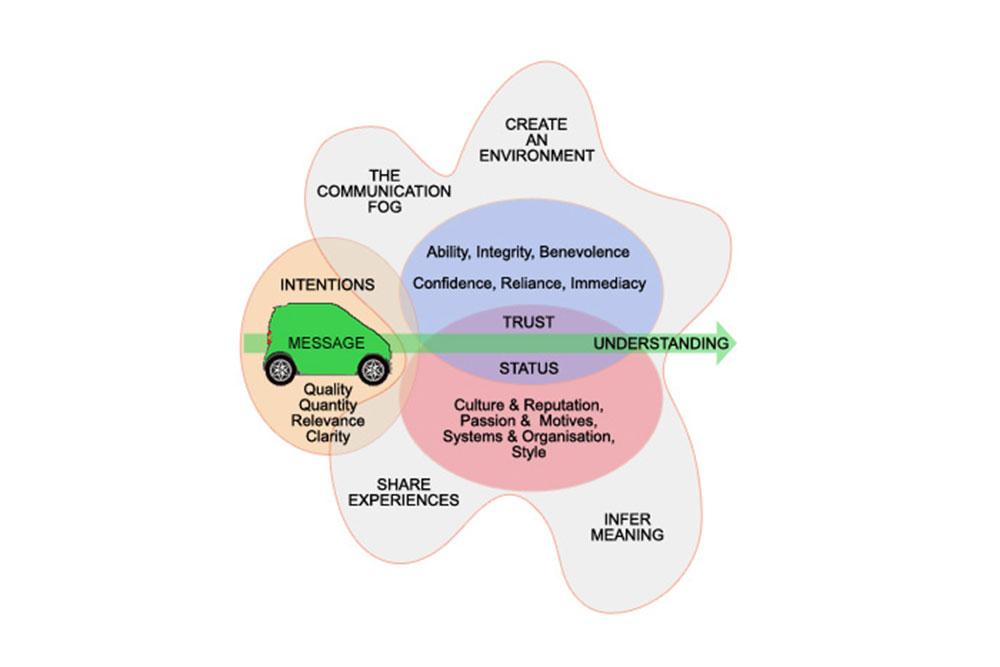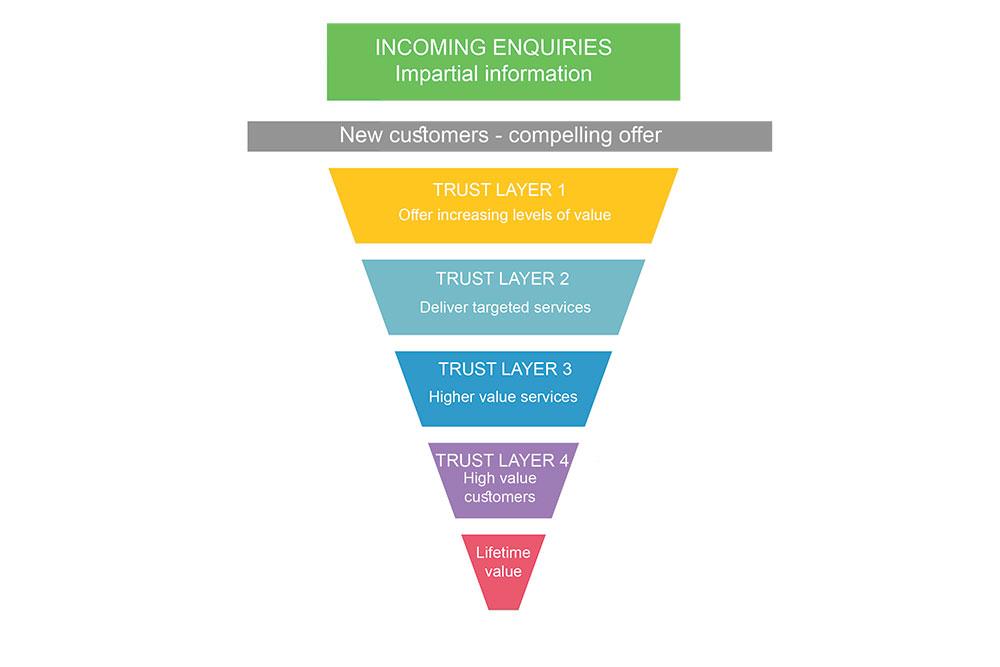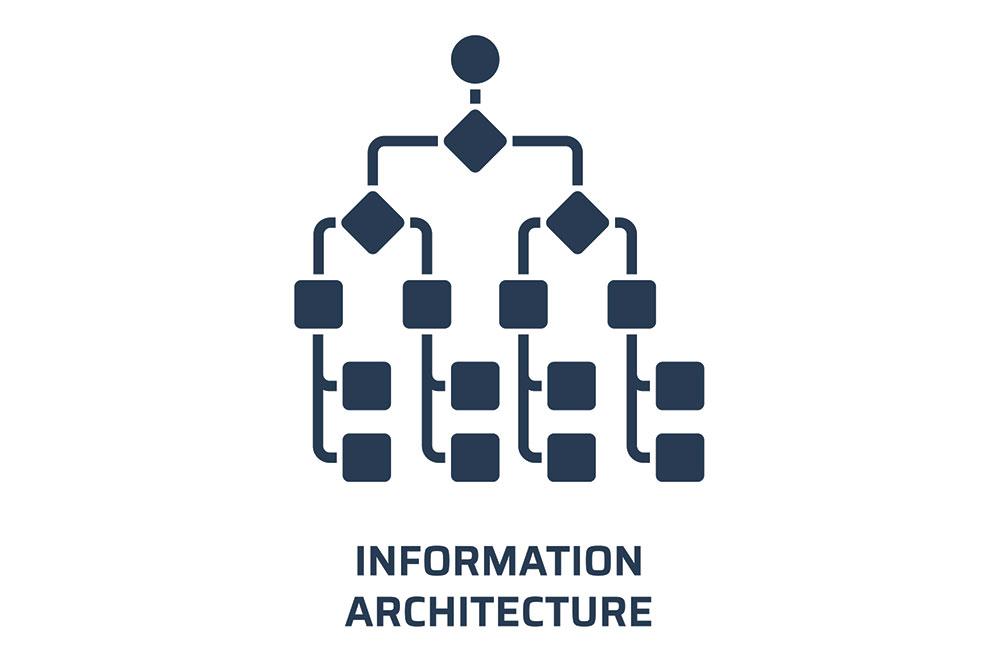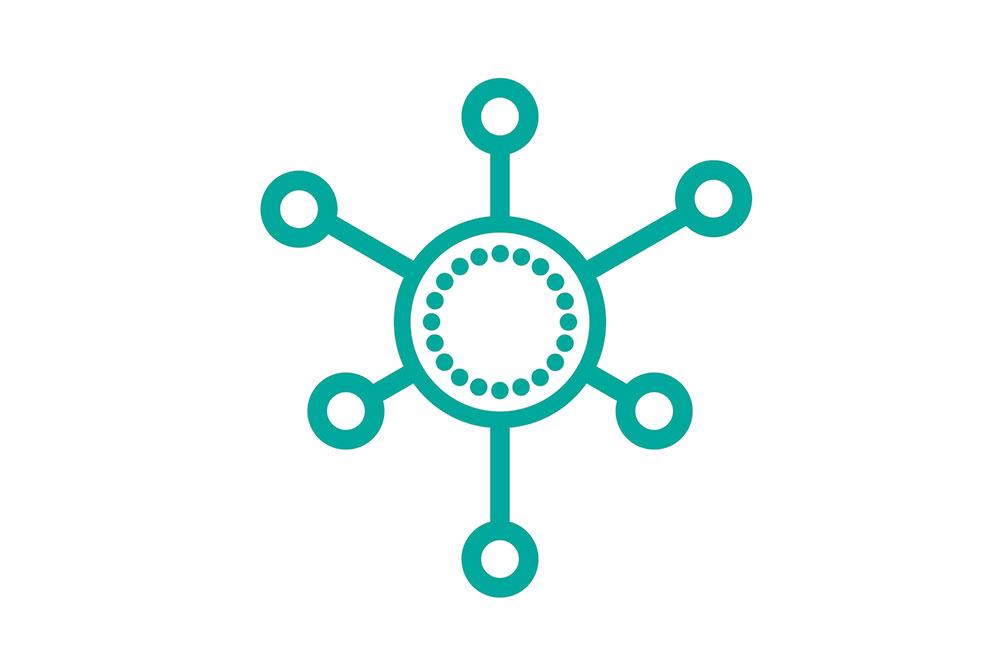Use the columns in the table below to outline your relationships with each customer type.
| Customer Type | Perfect Customer Qualities | Existing Customer Qualities | Quality Issues |
|---|
Customer Type:
Indicate your category of customer
Perfect Customer Qualities:
Consider the type of relationship would like to have with each customer type. For example: direct, indirect, peer, consultant, adviser, reseller, long-term, friendly, professional, etc.
Indicate the attributes of each customer type that would make them the perfect customer. For example: open, patient, understanding, knowledgeable, trusting, etc.
Existing Customer Qualities:
Consider the actual relationship with your customers. For example: demanding, impatient, distant, wrong-person/department, unrealistic expectations, etc.
Indicate the current qualities of your customer type. For example: No-time, Low-value, Not-fully-utilised, etc.
Quality Issues:
Indicate the qualities of your customers that need improving. The idea is that if you could attract and nurture customers that had more of these qualities, you would have a better business. For example: Informed, Educated, Enthused, Active, Nurture, Confidence, Knowledgeable, Scalable, Reassured. etc
The derived quality issues will be used to identify the subject matter needed to help educate your customers. This will be explored further in the Customer Scenario Analysis where the quality issues will be associated with customer scenarios.








































